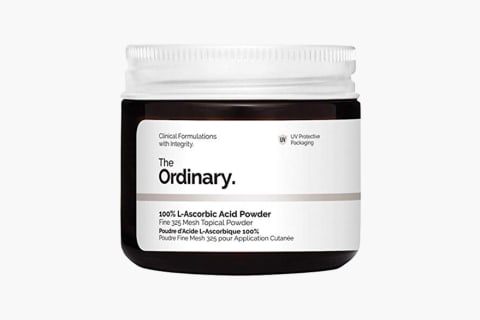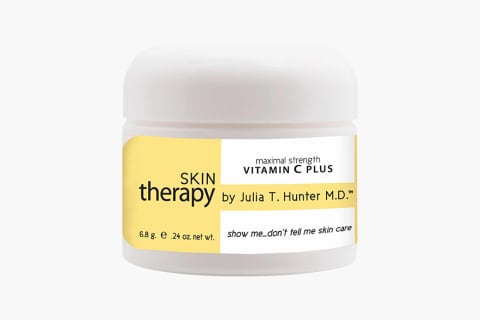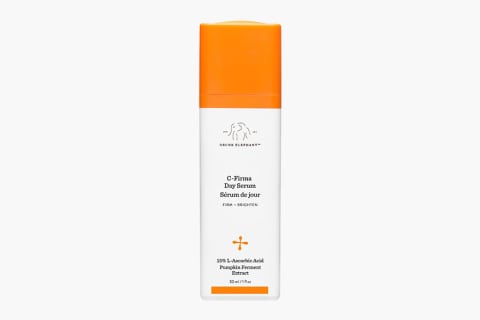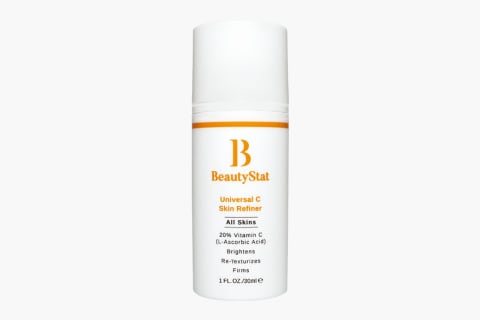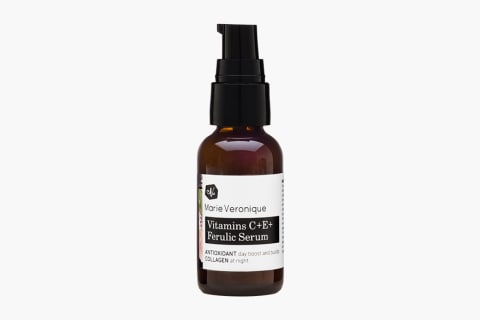“Because vitamin C is a water-soluble vitamin, if vitamin C is formulated in a cream, liquid, or serum, it starts oxidizing and losing its chemical power,” says Hunter, as any time an unstable ingredient is mixed with another it can start oxidizing and lose its efficacy. Not only that, but products lose potency5 as soon as they’re exposed to air, heat, light, and water—just think of how fast a sliced apple turns brown—vitamin C can be difficult1 to deliver into the dermis, which makes turning vitamin C into a serum or mask extra tricky. To combat the stability and permeability issues, vitamin C comes in many derivatives, including L-ascorbic acid, magnesium ascorbyl phosphate, tetrahexyldecyl ascorbate, ascorbyl palmitate, sodium ascorbyl phosphate, and ascorbyl tetraisopalmitate. (Unlike L-ascorbic acid, which is hydrophilic and unstable, both ascorbyl-6-palmitate and magnesium ascorbyl phosphate are stable at neutral pH6.) And then there are the forms themselves, everything from serums to creams to powders. That means you need vitamin C from outside sources. You can also increase your vitamin C intake by regularly eating fruits and vegetables—think leafy greens, citrus fruits, strawberries, red peppers, Brussels sprouts. If you’re not getting it in your diet, consider a supplement.* “Start out with 1,000 mg vitamin C a day and gradually increase to 1,000 mg twice a day, although dial it down if you experience cramping or diarrhea,” says Hunter.* Other experts say to cap vitamin C supplements at 250 mg a day, noting that because it’s a water-soluble vitamin, you’re just getting rid of extra.* As always, if you have questions about incorporating a new supplement into your routine, consult your doctor first.*



